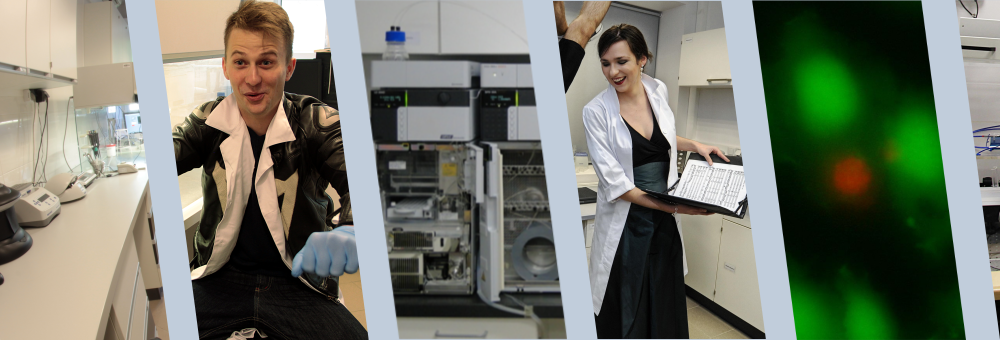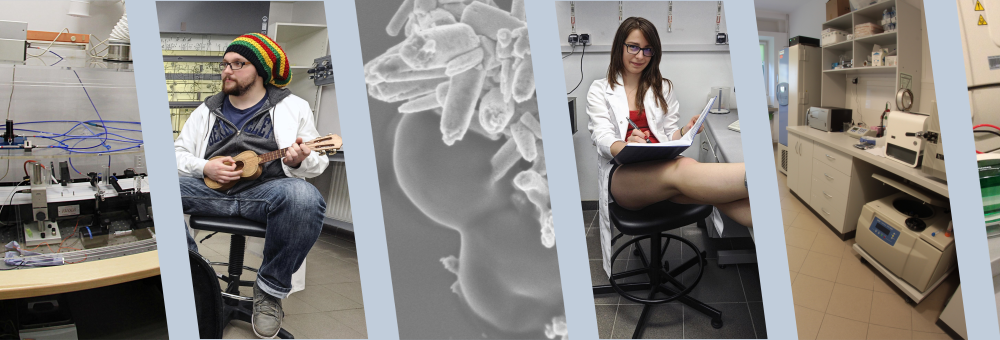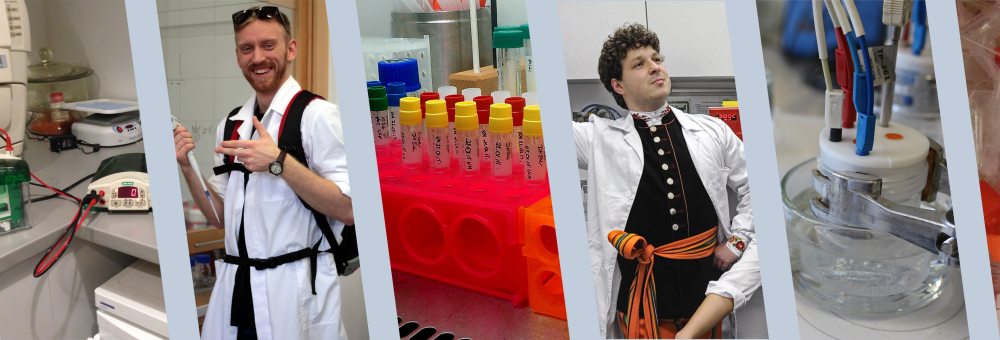Publication
Demixing/mixing of polystyrene, with poly(methylphenylsiloxane) in a two-step cooling/heating process: Jump spinodal specification method
Author(s): Graca, M and Wieczorek, SA and Fialkowski, M and Holyst, R
Title: Demixing/mixing of polystyrene, with poly(methylphenylsiloxane) in a two-step cooling/heating process: Jump spinodal specification method
Abstract: We present experimental studies of the mixing process of a homopolymer of poly(methylphenylsiloxane) (PMPS) with polystyrene (PS). The is first allowed to decompose spinodally at low temperature for minutes and next is heated to a higher temperature to the one-phase two-phase (metastable or unstable) region. In all cases the intensity initially after the temperature jump. In the one-phase region the drops to the base scattering. In the metastable region it initially, and later on it starts to grow. In this region the peak shifts strongly toward small wavevectors, and the intensity considerably. Finally, in the spinodal (unstable) region the peak shifts toward smaller wavevectors, but the intensity of the hardly changes before increasing again. The decrease of the peak is exponential with the characteristic decay time which infinity when the temperature of the jump approaches that of quench. The mixing process mainly involves the interdiffusion of without global movement of the interface. Small domains faster than larger domains, and, therefore the peak position an average size of the domains) shifts toward smaller In the metastable region the average wavevector as a of time has a characteristic minimum, which shifts toward zero we approach the spinodal. If the jump is made to the unstable region, average wavevector monotonically decreases with time. The average after temperature jump, allows to predict the location of binodal and spinodal. We call this new method of spinodal location a spinodal specification method (JSS method). The generic features of method have been confirmed in the computer simulations of the Gennes model with the Langevin dynamics for the mixture of polybutadiene and deuterated polybutadiene.
Pages: 9117-9129
Journal: MACROMOLECULES
Volume: 35
ID: ISI:000179298300032
Year: 2002
DOI: 10.1021/ma020499c









